#crab fossils
Text

BOW DOWN TO THE ANCIENT ONE
52K notes
·
View notes
Text
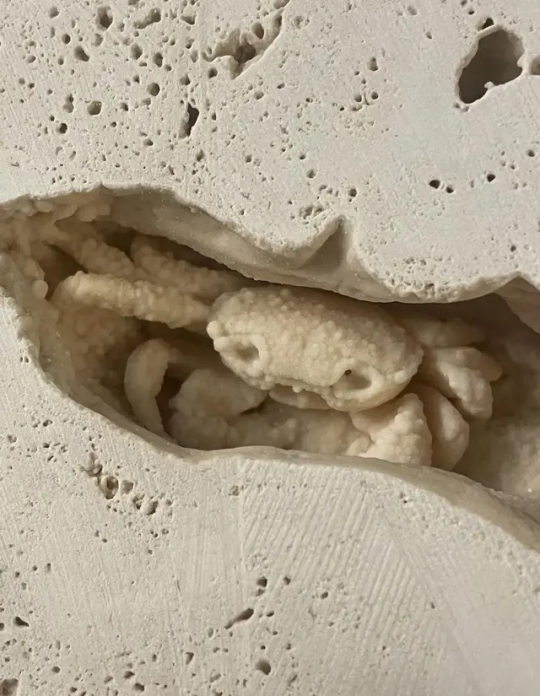
Potamon freshwater crab fossilized in travertine marble (Denizli Basin, Southwest Turkey)
0 notes
Text
Famous crab 🦀 of history. It is FROM Turkey, not made of Turkey.
PS Over 6,000 notes! I’m happy Turkey the Crab brings joy to so many of you.

6K notes
·
View notes
Text

Living Fossils - Creatures that remain seemingly unchanged by time. Here's the Coelacanth, the Sturgeon, the Gar, the Horseshoe Crab and the Nautilus!
(Gouache on 50x40cm canvas, SOLD)
#living fossils#marine biology#sea life#fish#coelacanth#sturgeon#gar#horseshoe crab#nautilus#sea creatures#marine life#gouache#traditional art#my art
10K notes
·
View notes
Text
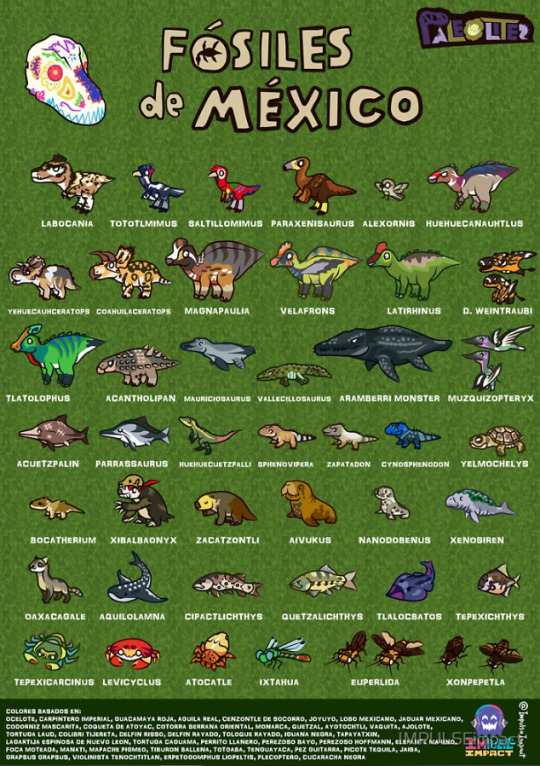
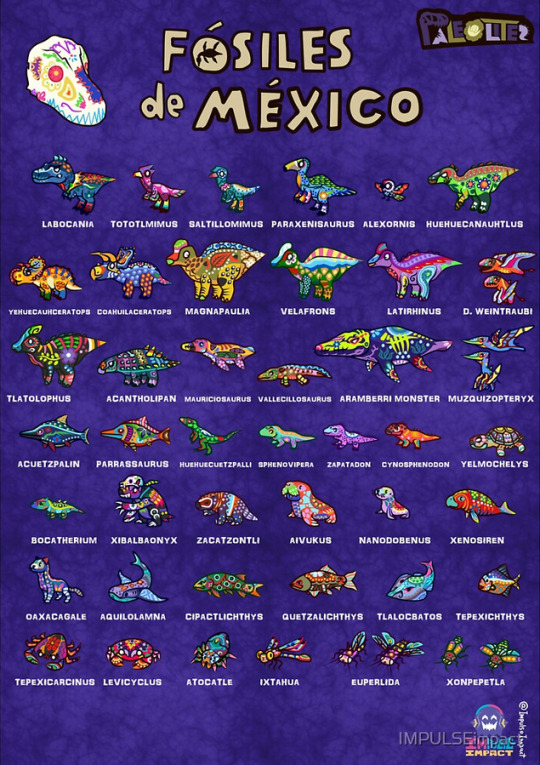
wanted to share two posters i made with prehistoric animals found exclusively in mexico (for now) the first one has colors based on endemic animals and the second on alebrijes
#alebrijes#paleo#fossils#mexico#magnapaulia#velafrons#tlatolophus#dinosaur#marine reptile#xibalbaonyx#fish#crab#aquilolamna#pterosaur#paleontology
2K notes
·
View notes
Text
Most animals and plants never fossilize. For those that do, it's usually only hard parts such as bones and shells that preserve. However, in some exceptional cases, soft tissues such as muscles and gills survive the fossilization process and can present a wealth of information about the biology and ecology of ancient organisms.
In a paper recently published in Palaeontologia Electronica, Dr. Adiel Klompmaker, University of Alabama Museums' curator of paleontology, and colleagues reported on a remarkable crab with multiple mineralized soft tissues preserved. This crab lived 75 million years ago during the Cretaceous in the area of present-day South Dakota in an ancient sea known as the Western Interior Seaway.
Continue Reading.
399 notes
·
View notes
Text

New curio collection charm necklace with an ammonite fossil centerpiece added to my Etsy, link in bio!
#fossil#ammonite#oddities#vulture culture#goblincore#cabinet of curiosities#natural history#curio collection#curio#mushroom#crab
165 notes
·
View notes
Text
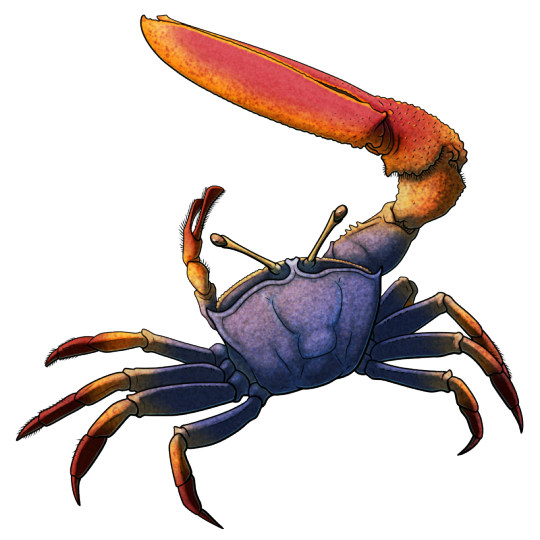
Strange Symmetries #20: The 16 Million Year Fiddler Crab Rave
Many decapod crustaceans have slightly asymmetrical pincers, often with one claw being chunkier and specialized for "crushing" while the other is more slender and used for "cutting".
But fiddler crabs take this sort of asymmetry to the extreme as part of their sexual dimorphism – males have one massively oversized claw, which is used for both visual display to potential mates and for physical fights against rivals.
Some of the earliest fiddler crabs are known from the Miocene of what is now northern Brazil. Although the fossils have been given several different taxonomic names since their discovery in the 1970s (including Uca maracoani antiqua, Uca antiqua, and Uca inaciobritoi) they're currently considered to be indistinguishable from the modern Brazilian fiddler crab, Uca maracoani, meaning that these crabs have remained externally unchanged for the last 16 million years.
Up to about 4cm in carapace width (~1.6"), modern Uca maracoani are found in coastal mangrove swamps and tidal mudflats around the northern and eastern coasts of South America – and some of these environments have also undergone little change since the Miocene. Males of the species can develop their enlarged pincer on either side of their bodies, with lefties and righties seeming to occur in equal numbers.
———
NixIllustration.com | Tumblr | Twitter | Patreon
#science illustration#strange symmetries#paleontology#paleoart#and also not paleoart#palaeoblr#uca maracoani#brazilian fiddler crab#fiddler crab#ocypodidae#brachyura#crab#decapod#crustacea#arthropod#invertebrate#living fossil#art#crab rave
319 notes
·
View notes
Text

An unfortunate biological scheduling conflict occurs on the coast of a Silurian lagoon when Pseudoniscus horseshoe crabs and Eurypterus sea scorpions come to the same beach to mate and spawn. Although they are relatives who share both this behaviour and eyes which lack acuity, but have perfect night vision, the sea scorpions have no qualms about using this accidental meeting to snack on their smaller cousins.
#pseudoniscus#eurypterus#horseshoe crab#eurypterid#arthropod#cooksonia#silurian#paleoart#palaeoblr#paleoblr#cw: bugs#watercolour#i referenced the shells on the beach from actual silurian bivalve fossils but i'm not gonna flood the tags with them
158 notes
·
View notes
Photo
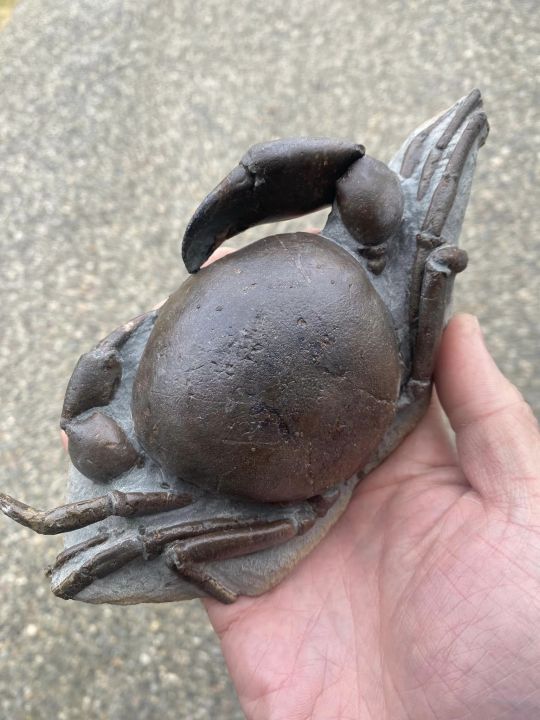
Tumidocarcinus giganteus
186 notes
·
View notes
Text


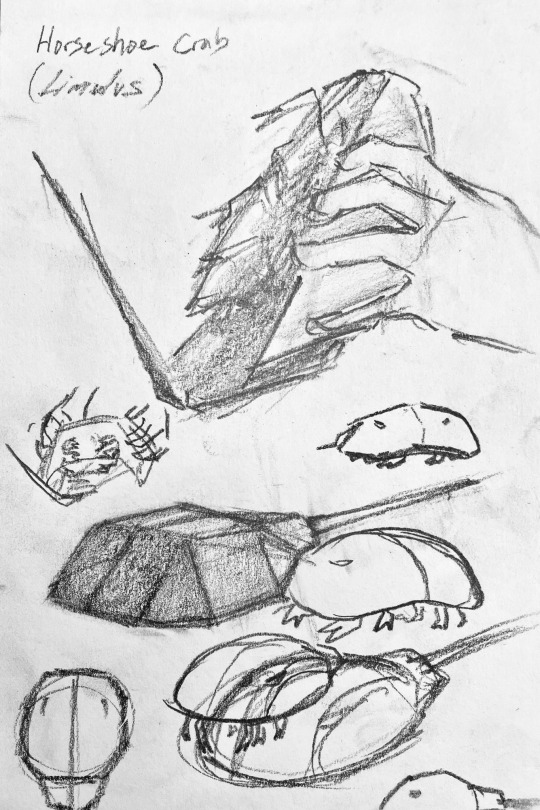
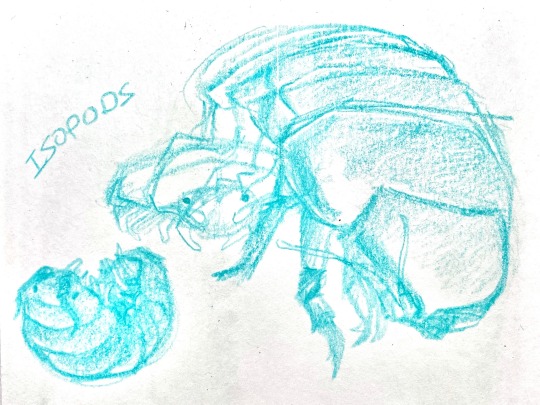
#isopods#kronosaurus#pliosaur#horseshoe crab#trilobite#eurypterid#triops#biology#fossils#sketchbook#art#mu's art
40 notes
·
View notes
Text
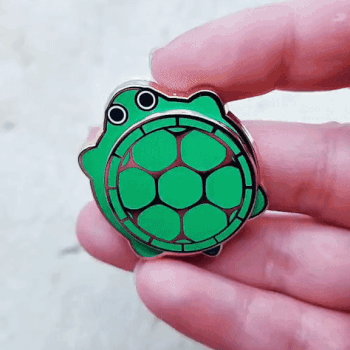
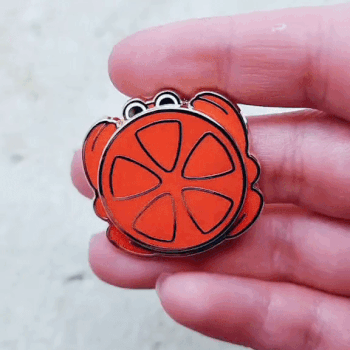

sand pit animal enamel pins | source
#talos gifs#stim gifs#stim#enamel pins#irl hands#fake animals#sand pits#turtle#crab#dinosaur#fossils#green#red#orange#purple#tan#brown
641 notes
·
View notes
Text
I think Luke would be terrified of the ocean. Like he grew up in the desert, never seen the ocean, yada yada, but also the ocean is a terrifying concept even to people who're familiar with it, with increasingly fucked up creatures the deeper you go and its currents sudden and deadly, now show it to someone who never even imagined such a vast pool of water?? He'd be like it's like a cave but it's very very deep and also you can't breathe in there and there's pressure and weird fish and- at least in the dune sea we had the twin suns!! This is like quicksand but there's no sun! People swim in this??!
#star wars#luke skywalker#my ramblings#oh and also sincd tatooine was a sea a long time ago there must be fossils right#like on cliffsides and in caved and stuff#so luke grew up seeing like fish bones and crab shells and subconsciously thinks of sea life as like#bygone past animals#and then he goes to an ocean planet and sees fish for the first time and is like :000#itd be like seeing a mammoth for him#hed be like omg the fish from the rock fossil omg
78 notes
·
View notes
Photo

Living Fossil
An Atlantic horseshoe crab (Limulus polyphemus) in the mangroves of Ria Lagartos nature reserve, Yucatán. Females can lay up to 20,000 eggs in one night playing an important role in providing nutrient-rich eggs to migratory birds.
by Fernando Constantino Martínez Belmar, Mexico
Mangrove Photography Awards
#fernando constantino martinez belmar#mexico#photographer#mangrove photography awards#living fossil#atlantic horseshoe crab#crab#marine#limulus polyphemus#ria lagartos nature reserve#yucatan#animal#nature
35 notes
·
View notes
Text
Things seen at the natural history museum:
Release the Crab but Ye Olde Style
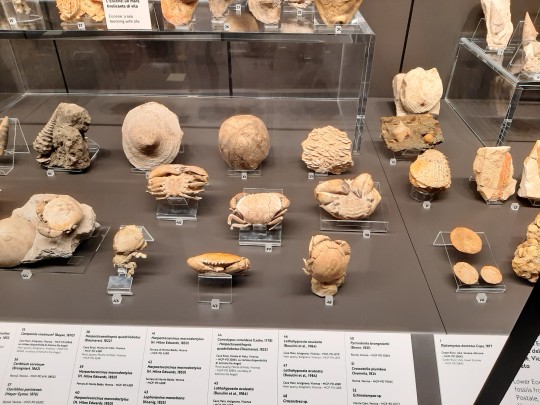
32 notes
·
View notes
Text
The final march of an ancient horseshoe crab, based on the Bavarian limestone deposits
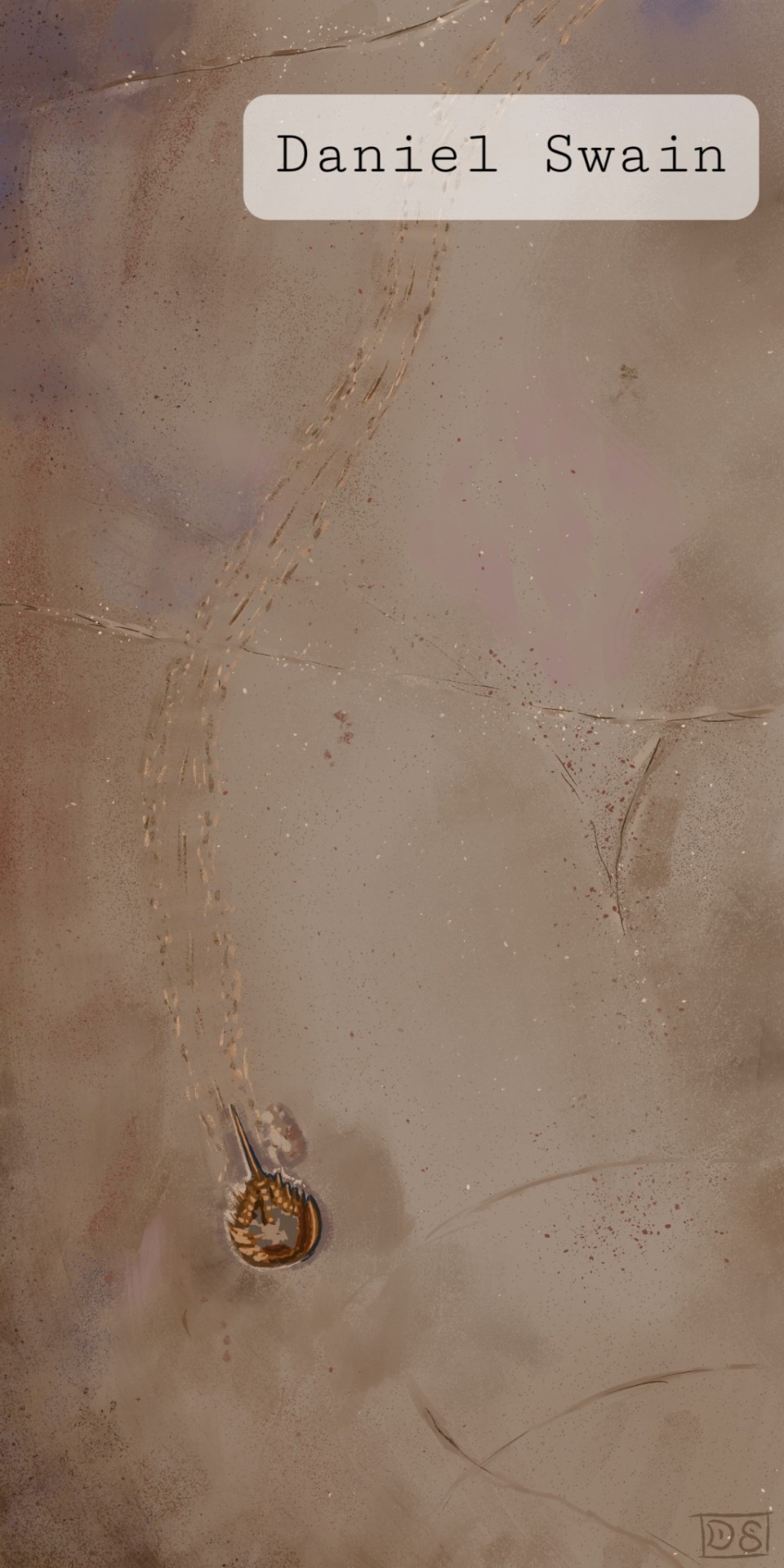
354 notes
·
View notes